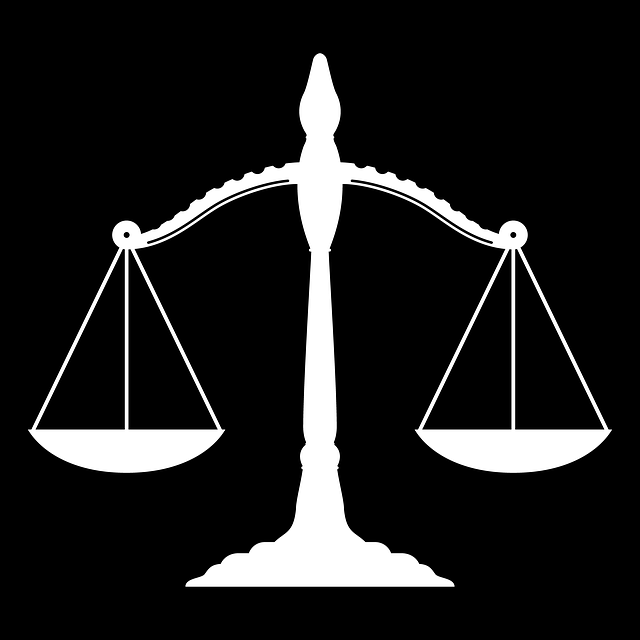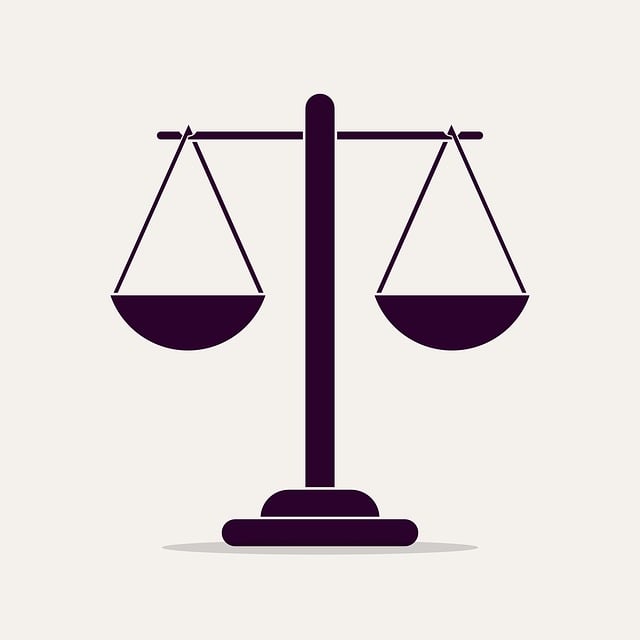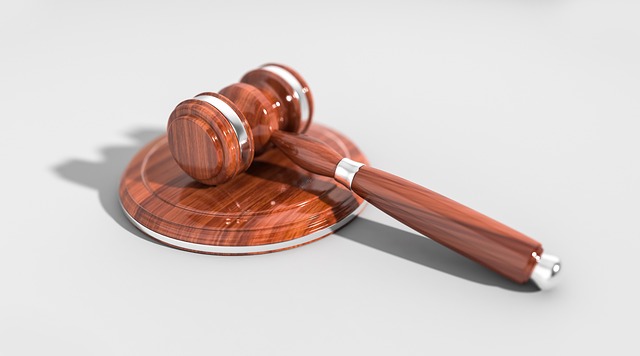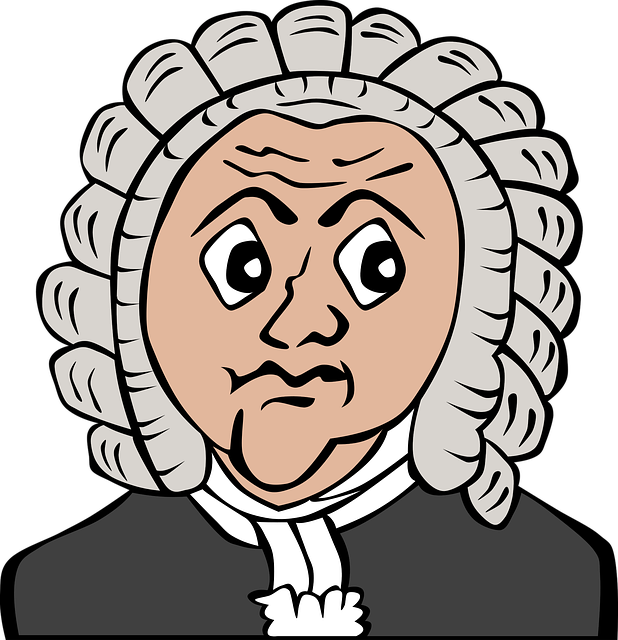Public corruption, including bribery and embezzlement, is a global concern, with significant legal implications, especially in property ownership disputes. Court cases involving property ownership issues have emerged as a critical front against corruption, exposing abuses of power like zoning law manipulation and insider trading. These cases highlight systemic problems within the legal system, demanding stronger oversight and transparency. Corruption in property transactions erodes public trust and impedes economic growth, necessitating a multi-faceted approach: legal reforms, citizen engagement, investigative journalism, and robust law enforcement to ensure justice and institutional integrity.
“Uncovering the intricate web of public corruption charges, particularly within the context of court cases involving property ownership disputes, is essential for understanding the pervasiveness of unethical practices. This article delves into the definition and legal framework surrounding public corruption, shedding light on its various manifestations. By examining real-world examples, we explore how these disputes can serve as a vehicle for corruption. Furthermore, it offers strategic insights into preventing and combating public corruption in property matters, emphasizing the need for robust legal measures.”
- Understanding Public Corruption Charges: Definition and Legal Framework
- Court Cases in Focus: Property Ownership Disputes as a Corrupt Practice
- Impact and Prevention: Strategies to Combat Public Corruption in Property Matters
Understanding Public Corruption Charges: Definition and Legal Framework

Public Corruption Charges refer to instances where public officials abuse their power for personal gain, often involving illicit financial transactions or misappropriation of resources. This malfeasance can range from bribery and embezzlement to fraud and conflict of interest. The legal framework surrounding these charges is designed to ensure transparency and accountability within government operations. Each jurisdiction has its own set of laws and regulations that define public corruption and outline the procedures for investigation and prosecution. These statutes typically focus on preventing and penalizing acts that undermine the integrity of public institutions and erode public trust.
Understanding the nuances of these charges is crucial, especially in court cases involving property ownership issues. For instance, a public official accused of corruption might have acquired assets through illicit means, prompting legal scrutiny over their property’s origins. Historically, many high-profile cases have resulted in unprecedented track records of convictions and penalties, demonstrating the justice system’s commitment to addressing public corruption. However, some instances have also seen complete dismissals of all charges, reflecting the complexity and sometimes nuanced interpretations of evidence required to prove these crimes. These variations highlight the importance of thorough investigations and fair trials in ensuring that the rights of both individuals and the larger philanthropic and political communities are upheld.
Court Cases in Focus: Property Ownership Disputes as a Corrupt Practice

In recent years, court cases involving property ownership disputes have emerged as a significant front in the battle against public corruption. These cases highlight how individuals in positions of power can abuse their authority to gain or maintain control over assets, often through illicit means. For instance, officials may manipulate zoning laws, engage in insider trading, or misuse public funds to acquire or secure properties, creating an unprecedented track record of corrupt practices.
The complexity and sheer number of these cases point to a deeper problem within the legal system, particularly regarding white-collar and economic crimes. Jury trials have become pivotal in uncovering and penalizing such corruption, as they provide a platform for presenting evidence and allowing citizens to participate in the justice process. This trend underscores the necessity of strengthening oversight mechanisms and promoting transparency in property ownership disputes, ensuring that justice is served and the integrity of public institutions is upheld.
Impact and Prevention: Strategies to Combat Public Corruption in Property Matters

Public corruption in property matters has severe impacts on both individuals and societies at large. When public officials abuse their power to manipulate land deals, real estate transactions, or seize properties under questionable pretenses, it undermines trust in governance institutions. This leads to a chilling effect on investment and economic growth, as potential investors may hesitate to engage in legitimate property dealings for fear of corruption. Furthermore, it can result in unequal distribution of resources, with the wealthy and well-connected benefiting at the expense of vulnerable communities.
To combat these issues effectively, comprehensive strategies are required that involve both legal reforms and societal engagement. Enhancing transparency in land registration processes and implementing strict anti-corruption laws can deter malfeasance. Encouraging public participation in local governance and fostering a culture of integrity within the philanthropic and political communities can also make a significant difference. Proven methods include robust investigative journalism to expose corrupt practices, as well as citizen oversight groups that monitor court cases involving property ownership issues. An unprecedented track record of successful prosecutions, driven by determined law enforcement agencies and supported by an informed public, is crucial in sending a clear message: corruption in property matters will not be tolerated.
Public corruption charges, particularly those tied to property ownership disputes, highlight the intricate interplay between legal systems and ethical conduct. As discussed in this article, understanding the definition and legal framework of public corruption is pivotal. Court cases involving property ownership issues have served as critical case studies, shedding light on how corruption manifests in seemingly mundane transactions. To combat these practices effectively, strategic prevention measures must be implemented, emphasizing transparency, robust regulatory frameworks, and continuous public awareness. By learning from both the definitions and real-world examples presented here, we can work towards a more integrity-driven approach to property matters.






